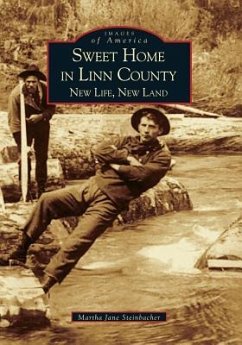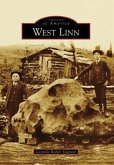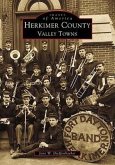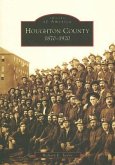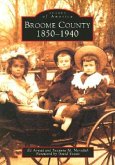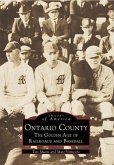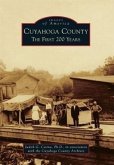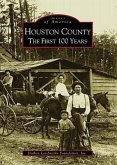First platted in the 1850s, and as legend tells it, named from an exclamation of settler William Clark waking to discover "what a Home, Sweet Home," this future lumber boom-town began as a stage stop on the road across the Cascade Mountains. With the arrival of the first freight train on April 1, 1932, Sweet Home became one of Linn County's most important industrialized towns. Crawfordsville, Holley, Fern Ridge, Liberty, Pleasant Valley, Foster, and Cascadia were all settled about the same time and became a part of greater Sweet Home. Following the decline of lumber interests, Sweet Home became the gateway to recreation and industrial activities of Eastern Linn County with the construction of the Green Peter Dam in 1962-63. Here is the story of Sweet Home and its surrounding communities, showcased in some 200 vintage images. These photos illustrate early pioneer stories, like that of Letty Sankey, the first female mayor, whose name was placed on the ballot by her father as a joke. They also show the development of the area through the hotels, mining and logging industries, schools, churches, and shared community activities.
Hinweis: Dieser Artikel kann nur an eine deutsche Lieferadresse ausgeliefert werden.
Hinweis: Dieser Artikel kann nur an eine deutsche Lieferadresse ausgeliefert werden.

